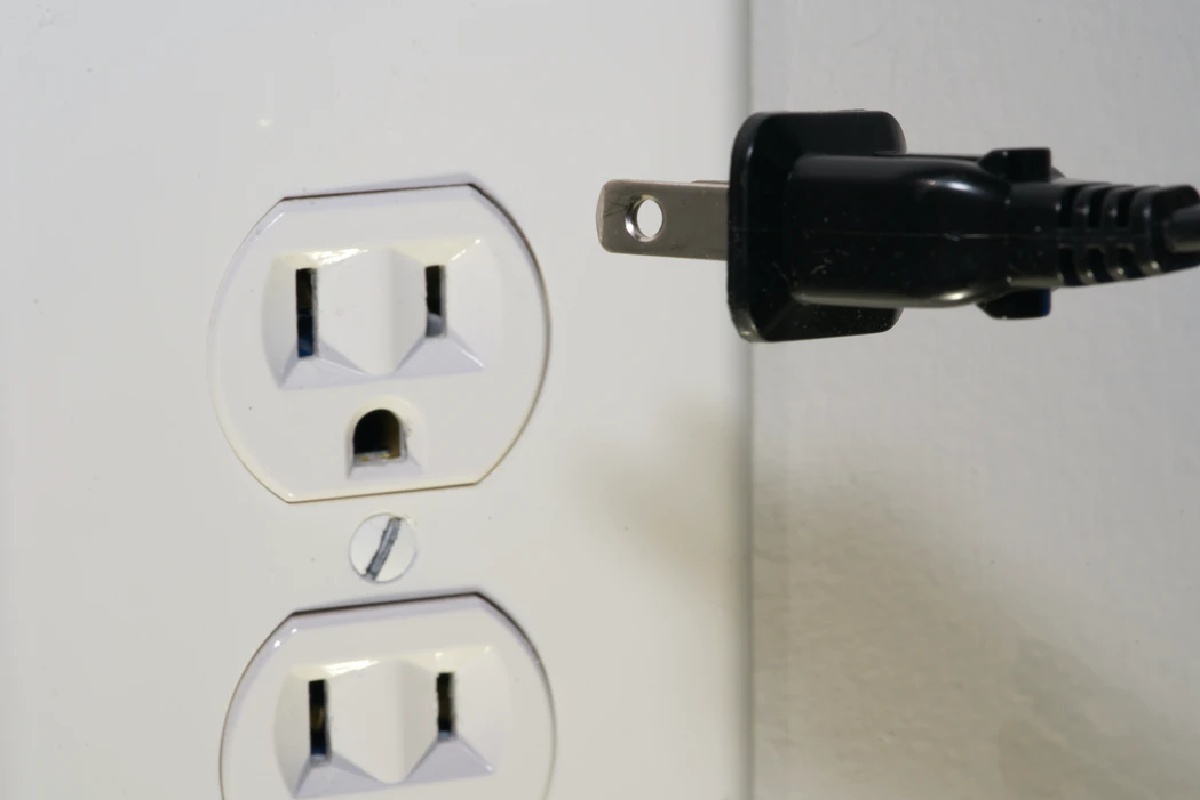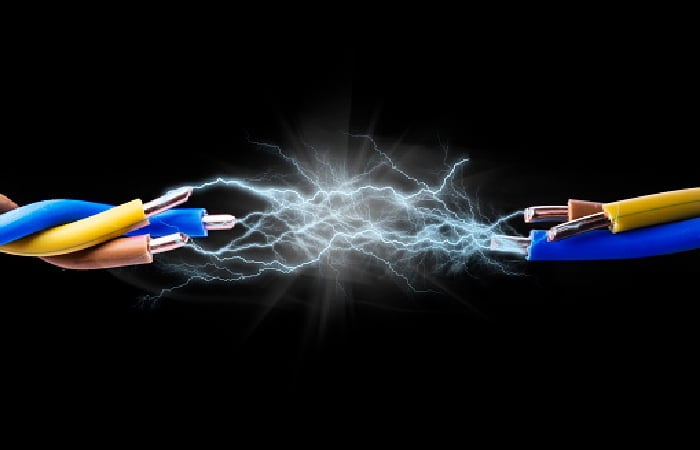
What Types of Burns are Caused by Electric Shock?
What Types of Burns are Caused by Electric Shock? – Electrical burns are responsible for approximately 1,000 deaths in the United States each year. Electric burns can cause serious injury to internal organs and tissues. They can also burn the skin. Sometimes, however, there are no visible burns on the skin. In other cases, internal injuries may have occurred. An electrical shock can also cause a person to be thrown or to fall, which could lead to fractures or other injuries.
To prevent electric burns, it is important to handle electricity with care. Otherwise, it is possible for someone to have suffered a burn injury due to someone else’s negligence.
People are more at risk from electrical burns in certain professions like construction, cable servicing, and electrical repair. Electric cords and other electronic equipment can become damaged. As technology improves, more electrical equipment is being introduced to homes and offices. This is increasing the risk of getting electrical burns.

Table of Contents
Types of Electrical Burns
There are six types of electrical. An electrical burn victim can have more than one type. Depending on the type, burns need to be treated and handled differently.
Arc Burn
Direct contact with an electric source does not cause arc burns. The electrical energy moving from one area of high resistance into another area of low resistance causes the burn. When the air particles become ionized, the circuit is complete. It is possible to produce heat exceedingly high in temperature, and the arc can create tremendous pressure that can cause objects and living organisms to explode.
Circumscribed burns are those where the arc’s portions touch the victim. Contact points can be single, multiple, or diffuse, and they vary in depth. The hands and the skull are the most common contacts for the current, while the heels are the most common ground area. The entry points to the flexor surfaces can cause severe tetanic muscle contractions and extensive tissue damage.
Low Voltage Burn
Contact with 500 volts and less power sources can cause low voltage burns. This type of burn usually causes minor skin irritation. The voltage is not strong enough to cause damage to tissue or organs.
Low-voltage electric injuries almost always involve the hands or the oral cavity. Contact with an extension cable whose insulation material has been removed is the most common reason for low-voltage electric hand burns. Low-voltage electric burns of the hand are generally small, deep cuts that can involve nerves, vessels, and tendons. Although they only affect a small portion of the hand, these burns can be severe enough that amputation may be necessary.
Children are more likely to sustain oral burns if they bite into an electric cord. Current passing can damage the mouth from one side to the other. Sometimes defective dental equipment can also cause oral burns.
High Voltage Burn
When a person comes in direct contact with an electrical source of high voltage, they can sustain high voltage burns. The body is subject to current, which can cause tissue and organ damage. High voltage electrical burns can cause skin damage that is not obvious.
An electric current can cause burn injury by passing between the power source (entrance wound) and the anatomical point of contact (entrance). The grounding mechanism also causes hidden destruction of deeper tissues. These electrically conductive burns can be simply described as thermal injuries that occur when electric energy is converted into thermal energy. The intensity of an electric burn depends on the frequency and duration of current flow as well as the volume and resistance of tissue.
Exit and entry wounds
High-voltage electric exit wounds can be charred, depressed and leathery. However, exit wounds will “explode” when the charge leaves. The skin often gets a metallic black coating from high-voltage electric burns. This is usually due to vaporization of metal contacts or electroplating of the conductive skin. The coating is usually only visible after superficial skin injuries have been removed. The path of electric current is the shortest between contact points. It also involves vital structures along its route. Hand-to-hand current passages are more dangerous than foot-to-foot ones (20%) and have a high rate of fatalities (nearly 60%). The contact areas are the most severe for tissue damage.
The anatomic location of the contact points is crucial in determining injury. The majority of the underlying tissue damage, particularly muscle, is caused by the initial injury and does not seem to be progressive. Microscopical studies of electric burns show that the initial destruction of tissues does not occur in a uniform manner. There are areas of thermal destruction that mix with seemingly viable tissue. Anatomical damage and destruction can be seen between the entry and exit points of an electric current. A strong electric current can cause injury to almost all organ systems.
Flash Burn
Electrical arcs can cause flash burns to the skin. These burns are most common to the skin and do not penetrate the tissues. Arc burns can cause severe damage to large areas of the skin.
Flame Burn
Other types of electrical burns can also cause flame burns such as flash burns and arc burns. The flame is created when the source of the fire ignites. This type of burn can cause injuries that are not related to other types of burns.
Assessing Electrical Burns
After the burn victim is taken from danger, it is time to assess the injuries. If the person is at risk of suffering internal injuries, he or she should be taken to a hospital for treatment. CPR should be used if the burn victim has difficulty breathing. To prevent infection, burns should be submerged in running water and kept covered.


